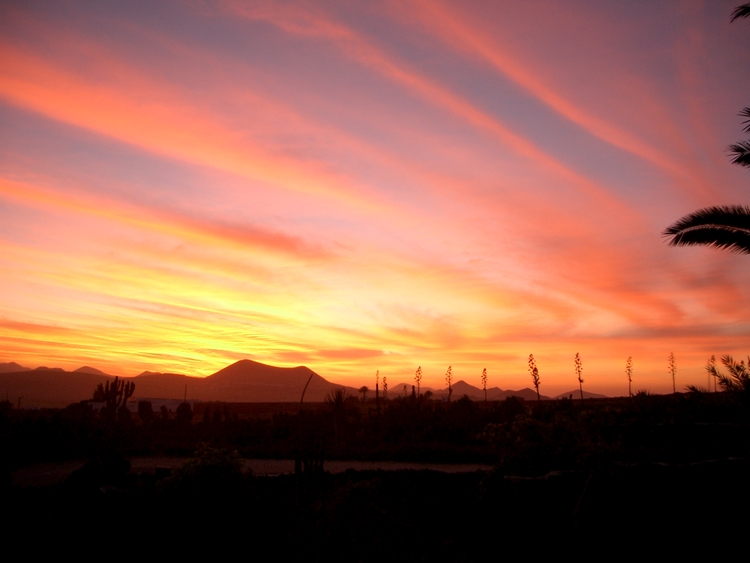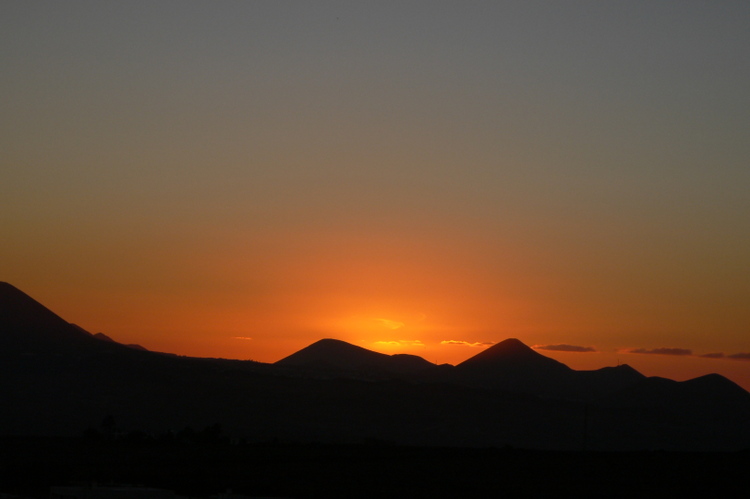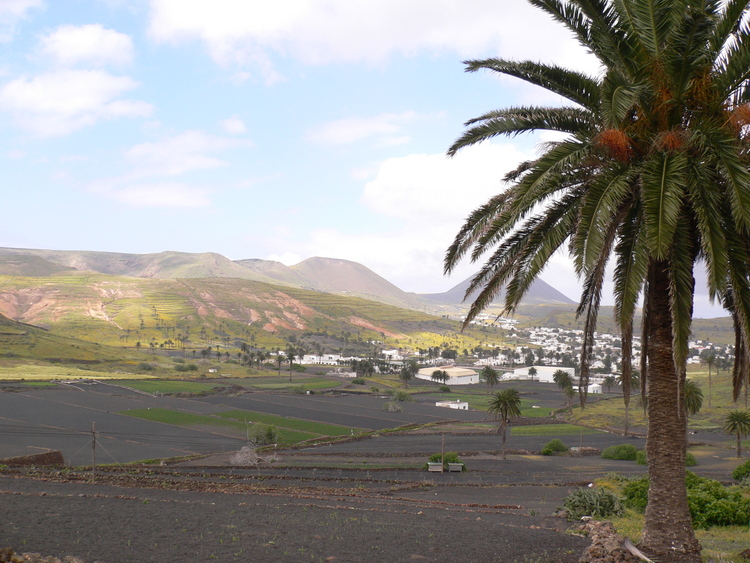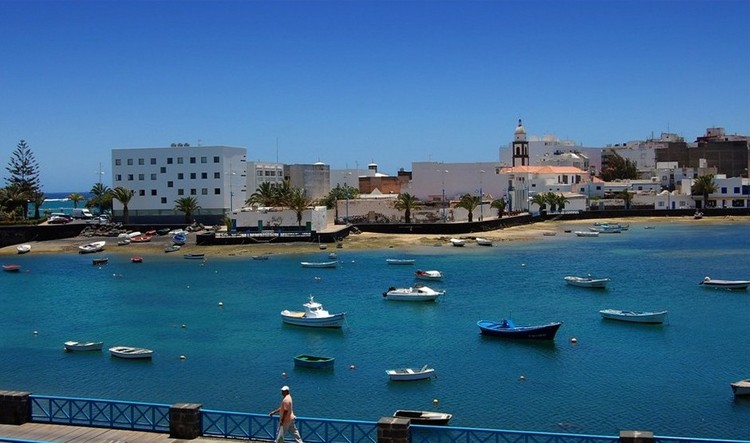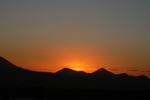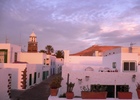Villages
Lanzarote was the first of the Canary Islands to be penetrated and settled by European Navigators in their attempt of colonisation of the Canary Archipelago. Finally it was Jean de Bethencourts expedition in 1402 who conquered the island for the Crown of Castile. In those times Lanzarote had a native population of some 300 people. Lanzarote owns its name to a Genovese navigator called Lanceloto Malocello, who arrived on the island in the second half of the 14th century, and who, like the French, the British, the Dutch and the Spanish, made continuous expeditions around the Canary archipelago.
The island's capital, Arrecife, is its administrative and commercial centre, and home to half its population. Five minutes from the capital is an international airport, with daily flights to the other islands of the archipelago and the Spanish mainland, and periodic connections with many European cities. Agriculture and fishing were Lanzarote's main occupation and means of subsistence, but these have both lost ground to a tourist sector, which has developed facilities and services of excellent quality.
To reflect the history of the island's rich and glorious past, you will find its castles and fortifications, its hermitages and churches, its mansions and traditional white houses. Monitoring work carried out on the island to preserve its history and its past, has involved keeping alive the traditional occupations and craftsman trades, the typical household cuisine, the architecture and design keeping in with the island's models and identity, a great concern for its historical and artistic heritage, for its monuments and lordly houses, its festivals and popular customs...in short, integral manifestations of its culture and folklore.
The particular development model on the island, with sustained economic growth yet with clear protection and conservation of nature and environment, has led Lanzarote being declared by UNESCO a World Reserve of the Biosphere in 1993, definite confirmation of the islanders' long and extensive work to maintain one of their best-defined and most characteristic traits, their ongoing interest in the conservation of their natural settings.




